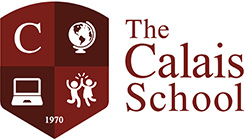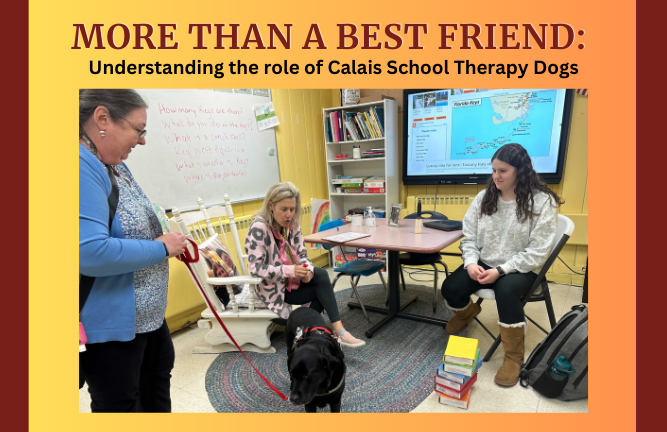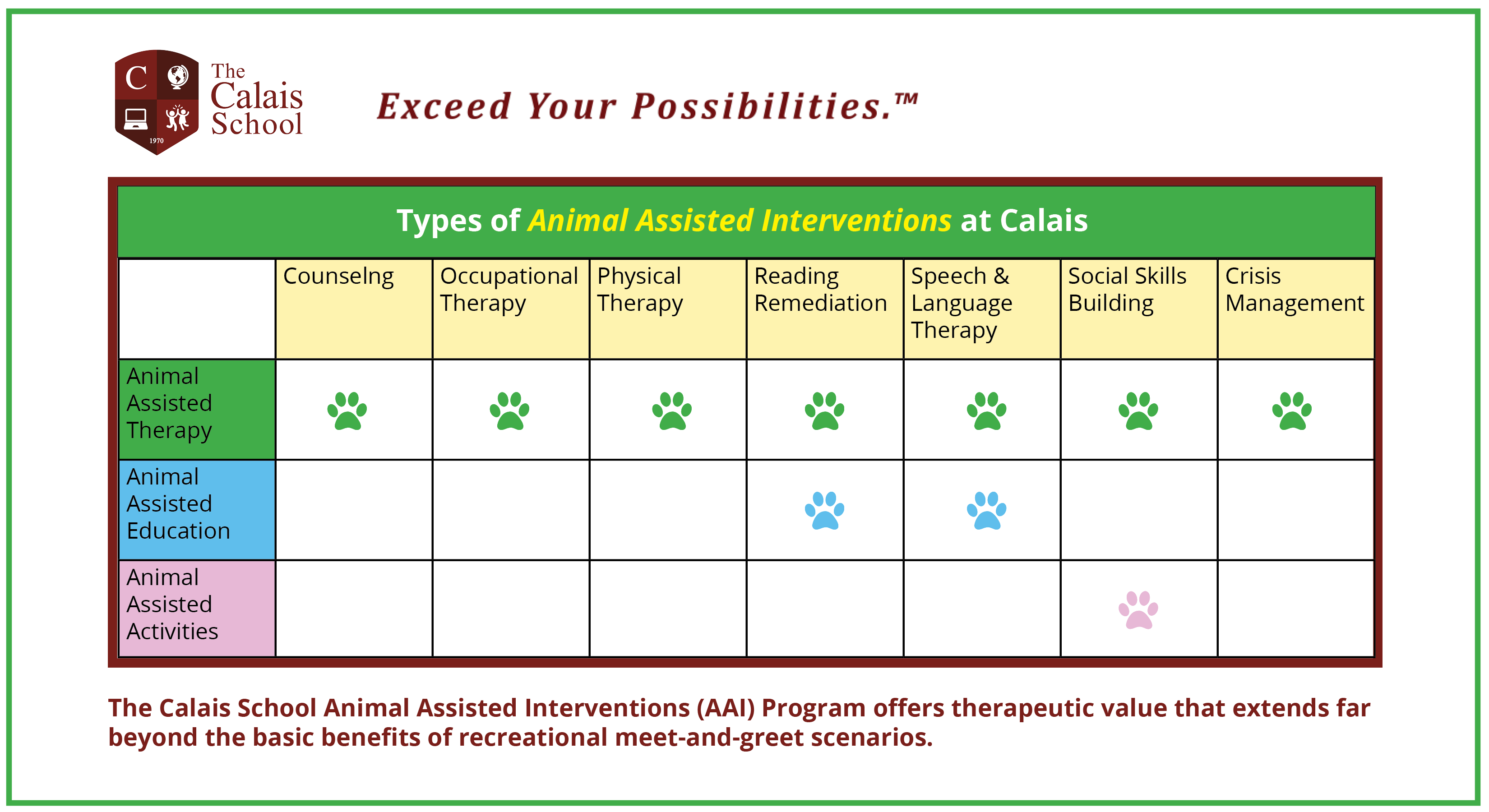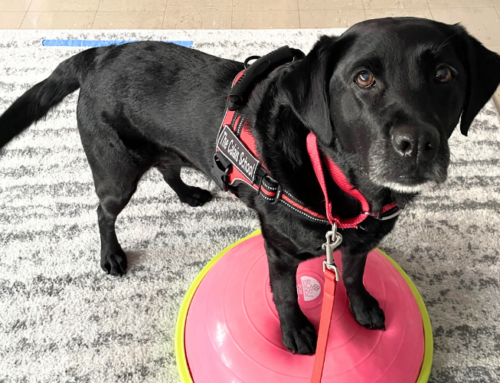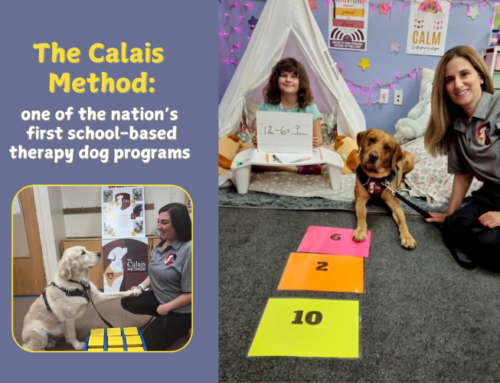The human-animal bond is quite powerful and can be harnessed in many ways. For instance, at The Calais School, home to our groundbreaking Animal Assisted Interventions (AAI) Program, we integrate therapy dogs to help our students gain confidence, build skills and reach their therapeutic and academic goals.
The Calais School AAI team is often asked about the differences between therapy dogs, service dogs and emotional support dogs. Read on to hear from Calais’ team of AAI experts as they explain these differences and shed light on some ways therapy dogs are implemented in a special education school like Calais.
DIFFERENCES BETWEEN TYPES OF ASSISTANCE DOGS
- Therapy dogs are selected for their calm temperament and are trained to provide comfort and emotional support to people in organizational settings like schools or hospitals. Together, with their handlers, therapy dogs are registered to visit or work in these organizations. In many cases, their role is often to supplement more traditional means of therapy or treatment. Therapy dogs also serve people other than their owners (also known as handlers).
- Service dogs, as defined by the Americans with Disabilities Act, are dogs individually trained to do work or perform tasks for a person with a disability. The work or task a dog has been trained to provide must be directly related to the person’s disability.
- Emotional support dogs are companion animals who help their owners cope with the challenges associated with emotional and mental health conditions such as depression and anxiety by providing comfort with their presence. These dogs, along with other emotional support animals, are prescribed by licensed mental health professionals. While they do not have the same public access rights as service animals, they may live with their owners in locations covered by the Fair Housing Amendments Act (FHAA) regardless of a “no pets” policy.
HOW THERAPY DOGS WORK WITH CALAIS STUDENTS
At the Calais School, our Animal Assisted Intervention (AAI) therapy dogs and their handlers are trained in clinical and emotional situations that may arise in a special education school atmosphere. The presence of our therapy dogs during a therapeutic session gives students the confidence and motivation to achieve their goals.
The types of Animal Assisted Interventions used to benefit our students include Animal Assisted Therapy, Animal Assisted Education and Animal Assisted Activities.
- Animal Assisted Therapy is an approach used by various disciplines to reach and teach students who may be reluctant or oppositional to working on specified goals in the areas of Counseling, Occupational Therapy, Physical Therapy, Reading Remediation, Speech & Language Therapy and Social Skills Building. The therapeutic crisis support we provide our students also falls under the Animal Assisted Therapy category.
- Animal Assisted Education is a structured intervention where our dogs, handlers and therapists collaborate to meet student needs and set individualized goals. For example, during reading remediation, a dog may offer companionship and support to a student working on improving vocabulary or comprehension.
- Animal Assisted Activities contribute to the vibrant daily life at Calais. Each day the dogs and handlers greet students and send them off. They dress up for holidays and attend recreational activities and school functions throughout the year.
In the ten years since the debut of The Calais School AAI program, countless students have reaped the many benefits of working with our therapy dogs. Meet our team of AAI handlers and dogs!
 973-884-2030
973-884-2030 